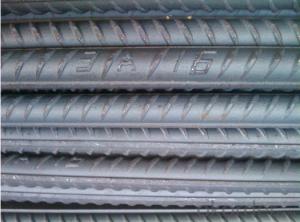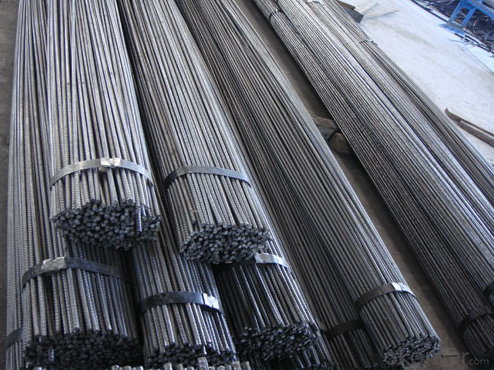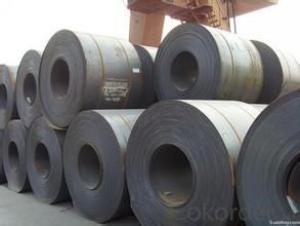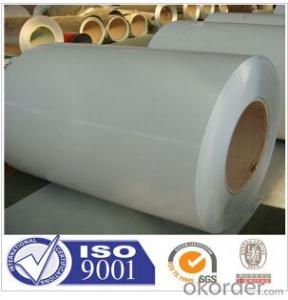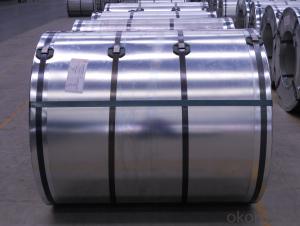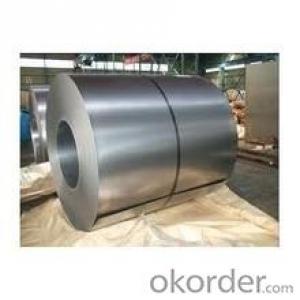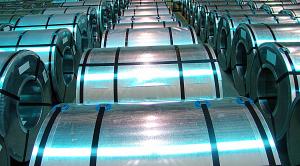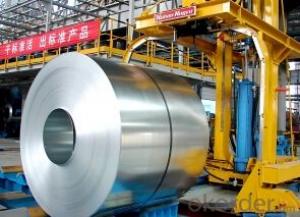Stainless Steel Bar/Stainless Steel Rod/Deformed Steel Bar
- Loading Port:
- China main port
- Payment Terms:
- TT OR LC
- Min Order Qty:
- 50 m.t.
- Supply Capability:
- 1000000 m.t./month
OKorder Service Pledge
OKorder Financial Service
You Might Also Like
Our Markets:
Mid East
Western Europe
Eastern Europe
North America
South America
Southeast Asia
Eastern Asia
Oceania
Africa
Our Services
Our Goal:supply quality products with the best services and satisfy the
requirements of clients from at home and abroad;
Management philosophy:Pursue the best quality, the best price, the best service
and the best credit standing
Corporation culture:Innovation is an eternal motif; surpass excellence is our
unremitting pursuit.
Product Description
Item | stainless steel bar,stainless steel rod | |
Standard | ASTMA276,A479,A582,GB4226-84,GB/T1220-2007,JISG4311-91,JISG4318-98, EN 10095-99,GB4226-84,EN10088-3-2005,JISG4303-2005,etc | |
Diameter | 3~800mm | |
Length | 5.8m,6m,7m,8m,or as required. | |
Surface | Black,peeled,Polished,bright,hair line,brush,sand blast,etc | |
Package | Standard export package,suit for all kinds of transport, or as required | |
Price term | Ex-Work,FOB,CNF,CFR,CIF,FCA,DDP,DDU,etc | |
Payment term | TT,L/C,Western Union | |
MOQ | 500Kg | |
Export to | Ireland,Singapore,Indonesia,Ukraine,SaudiArabia,Spain,Canada,USA,Brazil,Thailand,Russia, Korea,Iran,India,Egypt,Oman,Malaysia,Viet Nam,Dubai,Turkey,Mexico,Peru,Italy,etc | |
Container Size | 20ft GP:5898mm(Length)x2352mm(Width)x2393mm(High) 40ft GP:12032mm(Length)x2352mm(Width)x2393mm(High) 40ft HC:12032mm(Lengh)x2352mm(Width)x2698mm(High) | |
Application | Stainless steel bar applies to petroleum,chemical industry,electric power,boiler,high temperature resistant,low temperature resistant,corrosion resistant seamless steel pipe used.Stainless steel bar can be made according to the customers requirements. | |
Contact | If you have any question,please feel free to contact me . We are sure your inquiry or requirements will get prompt attention. | |
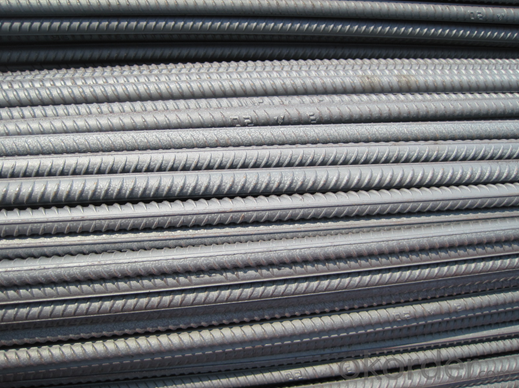

FAQ
1.What's your MOQ?
25MT, it is for one container.
2.Do you have QC teams?
Yeah, sure, our QC team is very important, they will keep the quality control for our products.
- Q: What are the different types of steel processing techniques for coils?
- There are several types of steel processing techniques for coils, including hot rolling, cold rolling, annealing, pickling, and galvanizing.
- Q: I heard on some shows that you can carbonise steel by heating it red hot then dropping it in black oil. i cant find this no where online, and the process for commercial carbon steel is totally different. can you really carbonise regular steel by heating it to red hot then dropping it in regular black oil. i saw it on mythbusters once. when the made carbon steel hammers to test if 2 hammers smashed together will shatter
- Carburized steel is not the same thing as carbon steel. All steel has carbon in it, but carbon steel is defined as Steel is considered to be carbon steel when no minimum content is specified or required for chromium, cobalt, molybdenum, nickel, niobium, titanium, tungsten, vanadium or zirconium, or any other element to be added to obtain a desired alloying effect; when the specified minimum for copper does not exceed 1.04 percent; or when the maximum content specified for any of the following elements does not exceed the percentages noted: manganese 1.65, silicon 0.60, copper 0.60. Carburizing is a surface treatment. Dropping hot steel in oil is oil quenching. It might get a little carbon in the surface, but oil quenching is mainly used as a slightly slower quenching process than water quenching, not for carburizing. Once it starts cooling down the carbon won't diffuse in. Quenching is used to change the hardness. The simplest way to carburize steel is to pack charcoal around it and heat it to 900 C or so. Industrial processes use a gas like carbon monoxide, but that's mostly just for easier process control.
- Q: What is the role of steel coils in the production of storage shelves?
- Steel coils are used in the production of storage shelves to provide strength and durability. The coils are processed and shaped into various components of the shelf, such as the frame, shelves, and brackets. This ensures that the shelves are able to withstand heavy loads and maintain their structural integrity over time. Steel coils also offer corrosion resistance, making them suitable for use in storage environments.
- Q: Can steel coils be coated with self-cleaning materials?
- Yes, steel coils can be coated with self-cleaning materials. These materials are typically hydrophobic or photocatalytic coatings that help prevent dirt, dust, and other contaminants from sticking to the surface of the steel. The self-cleaning properties of these coatings allow for easier maintenance and longer-lasting aesthetics of the steel coils.
- Q: How do steel coils contribute to the renewable energy sector?
- Steel coils contribute to the renewable energy sector by playing a crucial role in the manufacturing of wind turbines and solar panels. These coils are used to produce the structural components of wind turbine towers and solar panel support structures. Additionally, steel coils are also utilized in the construction of transmission lines and grid infrastructure for renewable energy projects, ensuring efficient distribution of electricity generated from renewable sources.
- Q: How do steel coils compare to aluminum coils?
- Steel coils are generally stronger and more durable than aluminum coils. They have a higher tensile strength and better resistance to impact and abrasion. However, aluminum coils are lighter, more corrosion-resistant, and have better thermal conductivity. The choice between steel and aluminum coils depends on the specific application and the desired characteristics such as strength, weight, and corrosion resistance.
- Q: How are steel coils used in the manufacturing of packaging materials?
- Steel coils are used in the manufacturing of packaging materials as they provide strength and stability to the packaging structure. They are commonly used as a core material for packaging tubes, enabling them to withstand heavy loads and prevent deformation. Additionally, steel coils are utilized in the production of steel straps, which are widely used for securing packages and pallets, ensuring safe transportation and storage of goods.
- Q: How are steel coils used in the production of agricultural machinery parts?
- Due to their strength and versatility, steel coils find common usage in the manufacturing of agricultural machinery parts. Materials chosen for agricultural machinery parts, like blades, plowshares, and cultivator tines, must possess durability and the ability to withstand harsh conditions. Steel coils effectively meet these requirements, providing the necessary strength and durability for such parts. The process commences with the unwinding and cutting of the steel coils into desired lengths. These lengths are then fed into a machine where they undergo a series of shaping processes, including bending, cutting, and stamping. These shaping processes enable the steel to be molded into the precise shapes demanded by agricultural machinery parts. Upon achieving the desired shape, it is often customary to subject the steel parts to heat treatment in order to enhance their strength and durability. Heat treatment involves subjecting the parts to high temperatures, followed by rapid cooling. This treatment significantly elevates the steel's hardness and toughness, rendering it more resistant to wear and tear experienced in the agricultural field. Following the heat treatment, the steel parts may undergo additional processes, such as welding, surface coating, or painting, depending on the specific requirements of the machinery. These additional processes further enhance the durability and longevity of the parts. In conclusion, the significance of steel coils in the production of agricultural machinery parts cannot be overstated, as they ensure the provision of requisite strength, durability, and versatility. The utilization of steel coils guarantees that these parts can effectively endure the demanding conditions encountered in agricultural operations, ultimately contributing to the efficiency and productivity of the farming industry.
- Q: I'm putting a bathroom in my basement. I'm an Ironworker btw. I wanted to go with steel studs due to the fact that they are light, and I won't have a big mess. I live in the Chicago area and they should be easy to find. Here is my question. Are they not being used anymore? I ordered 100 studs from Lowe's but they didn't have track. The delivery guy was a retired Carpenter and he told me that I got all the studs they had, they no longer stock steel studs, and they don't have track. Am I missing something? Menards didn't have track either.
- Steel studs are mainly for commercial applications on non bearing walls. 100 studs, must be one big assed bathroom. Do yourself a favor and install a pressure treated bottom plate, even if you use steel studs.
- Q: A 100 kg solid steel ball with a radius of 5 m is being spun on ice with an angular velocity of 5 rev/s pointed into the ice (clockwise rotation when viewed from above).A student shoots a 10 kg marble at the steel ball. The marble hits the ball along its side as shown with an initial velocity of 5 m/s to the left. If, right after the collision, the final velocity of the marble is 2.5 m/s to the left, what is the angular velocity of the steel ball after the collision?
- You need to do conservation of angular momentum about the steel ball's axis. Angular momentum = I.ω The steel ball's initial ω = 5 rev/s = 5*2pi rad/s = 31.4 rad/s The steel ball's moment of inertia I = (2/5)*m*r^2 = 40*25 kg.m^2 = 1000 kg.m^2 The marble's initial ω = v / r where r is the perpendicular distance from the steel ball's axis You need to look at the diagram for this. The marble's I about the steel ball's axis is I = m*r^2 where r is the same as above. (marble is treated as a point mass). Then work out the total initial ang. momentum = final ang. momentum and solve for ω...
Send your message to us
Stainless Steel Bar/Stainless Steel Rod/Deformed Steel Bar
- Loading Port:
- China main port
- Payment Terms:
- TT OR LC
- Min Order Qty:
- 50 m.t.
- Supply Capability:
- 1000000 m.t./month
OKorder Service Pledge
OKorder Financial Service
Similar products
Hot products
Hot Searches
Related keywords
